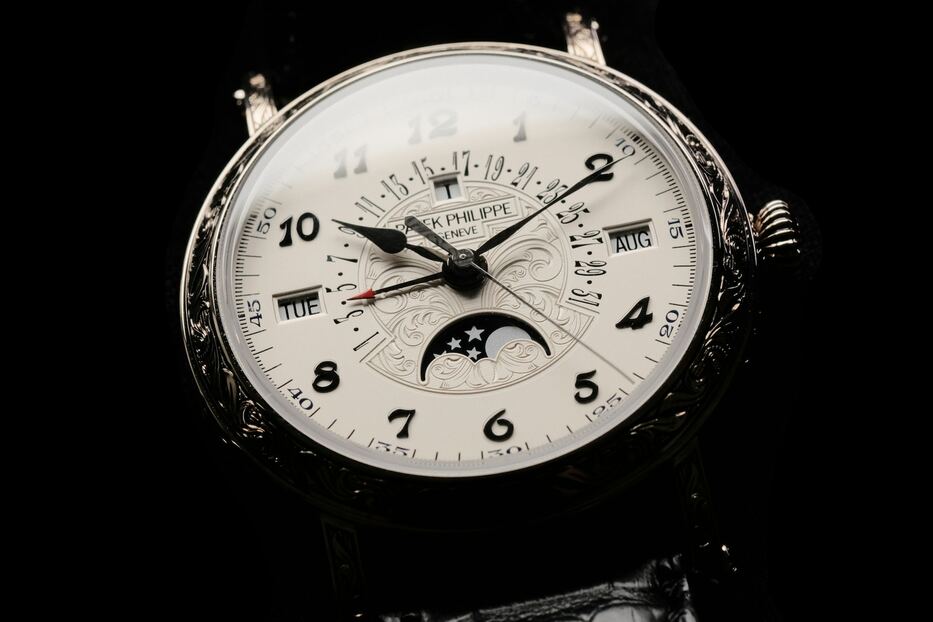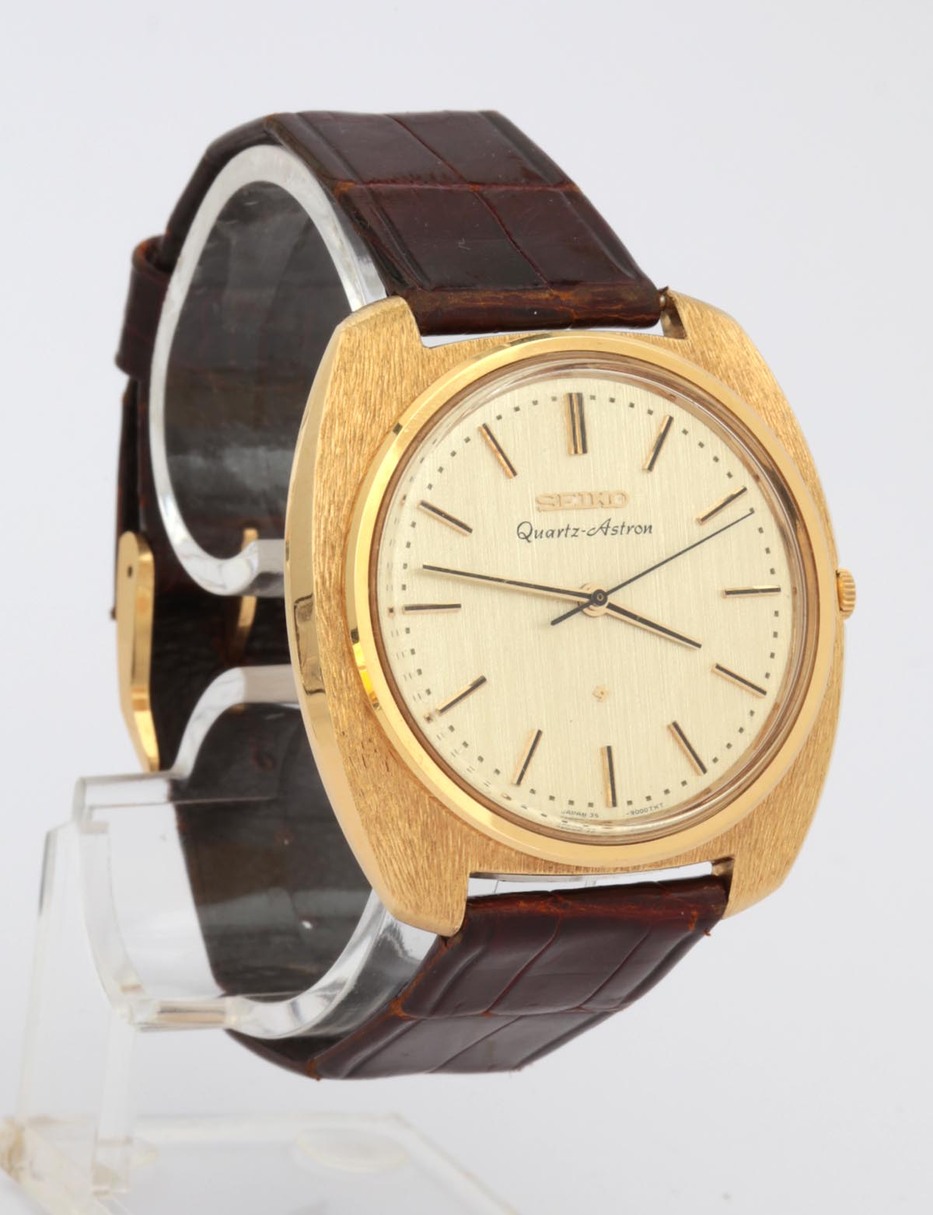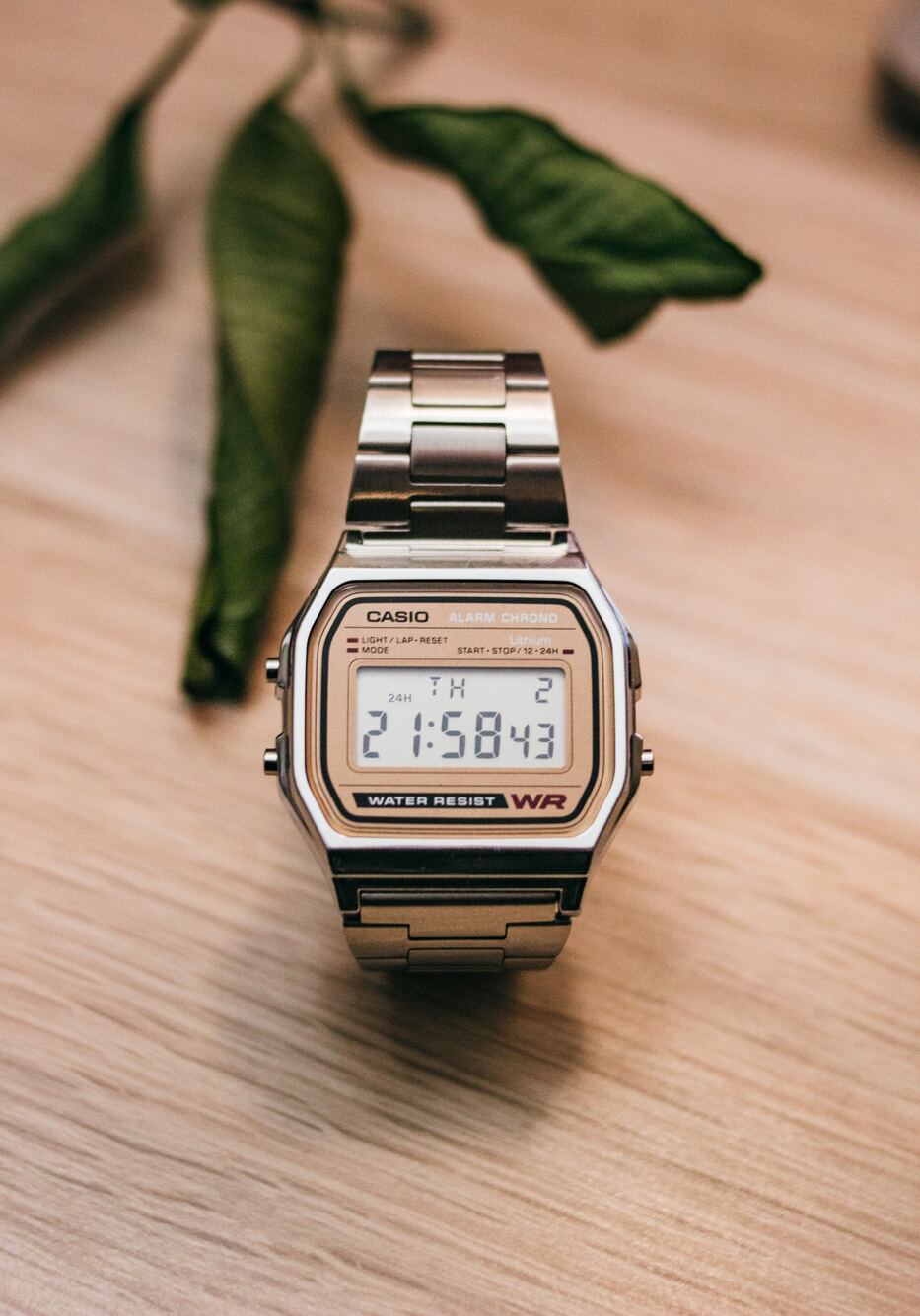The Best Product Mistery
Why is product performance not enough?
One of the mysteries of business and the market is: why is this product, that has the best performance, not successful? In this piece I will tell you a true story that will help you understand something new about the value of a product, think beyond performance, and think differently about business competition. At the end of the story, we will draw conclusions, and you will gain a new point of view.
Published on

The beginning
The Vallée de Joux is immersed in an uncontaminated and wild natural landscape, in the Jura mountains, in the Vaud canton of the Swiss Confederation. This valley is the cradle of an important element of Swiss identity: watchmaking.
The most famous and old watch manufacturers in the world were born in the Vallée de Joux and Neuchâtel: Audemars Piguet, Blancpain, Breguet, Patek Philippe, Vacheron Constantin and Jaeger-LeCoultre . The oldest in the world is Blancpain, founded in 1735.
The craftsmanship and inventiveness of Swiss watchmakers is legendary and has helped shape the values that are attributed to Swiss products: quality and precision.
Here we are, at the end of the Second World War, and Swiss watchmaking had no rivals in the pocket and wrist watch market, also thanks to the neutrality of Switzerland which avoided the conversion of factories from civil production to war production. In the 1960s, the 1,600 Swiss watch manufacturers represented 50% of the world market; a de facto monopoly.

Kent Lâm
Evolution
Watch makers competed to make the most precise and accurate timekeeping watches, and the most accurate watches could have an error of 2-4 seconds a day. A clock precision relies on the ability to divide the time unit, the second, into as many parts as possible, exactly the same as with length measures. A ruler with inch notches only is less accurate than one with millimeters and less precise than a caliper with tenths of a millimeter. With clocks it is the same, only that the seconds get divided.
At the time, wristwatches were able to divide the second into 3, 4, or 5 parts and watch mechanics for finely dividing the second were more difficult to be craft.
Watch manufacturers organized, and enrolled in chronometric competitions, in order to have better commercial arguments for gaining a competitive advantage: my watch is more accurate than yours! For the purpose of comparing the competing clocks, having a higher quality time measurement was necessary, therefore the chronometric competitions were refereed by astronomical observatories, using the position of the stars as a reliable measure of time and a reference for comparing the competing timepieces.

Conner Baker
Until the day when the competition to make a more precise timepiece takes a sharp turn, and a Swiss engineer, Max Hetzel, invents a system for dividing the second into 360 parts , 100 times more than traditional mechanical systems. We are in 1954.
The system is called Accutron, and it is an electromechanical device based on the vibration of a tuning fork, such as those used to tune musical instruments. This new system will be marketed by Bulova, a US company, in October 1960 and will be used during the Apollo 15 mission. The accuracy of this movement, Accutron, is 0.8 seconds per month, about ten seconds per year : more than 100 times better than the best wristwatches of its period.
The Menace

Deutsches-uhrenmuseum, CC BY-SA 4.0
During the 1960s, research for improving accuracy and precision was conducted by a consortium of Swiss companies and, separately, by Seiko. The goal was to use properties of quartz to create an even more precise wristwatch and to switch from electromechanical to electronic technology. Several prototypes were introduced, until the day that changed watchmaking history.
On December 25, 1969, in Tokyo, Seiko unveiled the first quartz wristwatch: the Seiko Quartz-Astron 35SQ. Astron was able to split the second into 8192 parts, had a gold case and costed as much as a medium sized car. The first 100 pieces of this gold watch were sold in one week and made history.
A False Hope
Swiss watch makers were aware of the superiority of quartz technology for measuring time, yet they did not adopt it. At the time, mechanical watches still dominated world markets, and manufacturers were proud of their finely crafted mechanical jewelry. Furthermore, watch making mastery was part of the Swiss identity itself. They believed that new technology would not make a difference. But they were wrong.

Olga Nayda
Over time, the situation became more and more worrisome and the number of companies who were forced to close grew. Many well-known brands became insolvent and disappeared.
Between 1970 and 1983, the number of Swiss watch manufacturers went from 1,600 to 600 and the workers employed in the industry went from 90,000 to 28,000.
The situation was serious.
Meanwhile, the Japanese and the United States had deployed quartz watch mass production, and invested in research; the quartz watch market was booming
1983 will mark the nadir of Swiss watchmaking, when a group of banks appointed a consulting company for handling the liquidation of two of the largest watch manufacturing companies: ASUAG and SSIH. The banks named Nicolas Hayek responsible for this operation.
Nicolas Hayek was the founder of the consulting firm Hayek Engineering, faced a disaster: the Swiss watch industry was devastated! The two companies he was handed were flagships of Swiss industry and insolvent. SSIH, a French-Swiss company, had become arrogant and greedy. It squeezed out and consumed the value of one of his most important products: Omega. It expanded the range to make it more affordable by flooding the market with an inordinate number of models for all price points, 2,000 different models, making the product irrelevant. Then there was ASUAG a Swiss-German origin company. A manufacturing company that supplied components to everyone in the industry. When more and more small brands were going bankrupt, those knocked on ASUAG's door begging them to buy and save them, and by 1982, ASUAG owned more than 100 distinct companies.
In order to save the industry, Nicolas Hayek led the merger of ASUAG and SSIH into the new company SMH (Société de Microélectronique et d'Horlogerie), rationalizing resources use, and the organization, invested in automation, standardization of processes and components, and managed to reduce costs, increased quality, and kept production in Switzerland.
Then, Nicolas Hayek and his team, engaged into understand the situation. They produced an in-depth study to understand where they were in world markets: the Hayek Report.
A highly controversial report. The report segmented the market into 3 different levels. Out of the 500 million watches sold worldwide, 450 million were in the price range up to $75, 42 million in the price range up to $400, and 8 million in the price range over $400. Swiss watchmaking had a 0% share of the bottom market, 3% of the middle market and 97% of the luxury market. They were on the ropes!
Rebirth
Despite this, Nicolas Hayek believed that the Swiss watch industry still had a chance. It was crucial to regain a large presence on the market and to do this it was necessary to own at least one global, profitable and growing brand in every segment, including the lower-end one. Hayek had a brand available, potentially suitable for the intermediate segment: Tissot. But he had no idea about how to take care of the low-end market.
Searching through the shattered pieces of his own ramshackle kingdom, Nicholas Hayek stumbled upon an unlikely and crazy project. A project ignored by everyone, that was sketched by two engineers, Elmar Mock and Jacques Müller, under the guidance of Ernst Thomke, managing director of ETA. The project was about making a watch made out of 51 components, instead of 150, with a quartz movement and a plastic case. The watch could be built by industrial robots on an automated line.
Nicolas Hayek understood that this was the product he was looking for to take care of the lower end of the market, and introduced the project to the banks that had commissioned him. The banks, however, were not at all convinced and looked at his strategy with suspicion: it could cannibalize Tissot's market shares! Hayek and the banks managed to find a deal: the new watch would go on the market, but Hayek would have to take on a part of the risk, bringing new investors into the capital of SMH and Hayek would have to buy a majority stake, 51%.

Analia Baggiano
This plastic quartz watch with hands will be launched on March 1, 1983 with a bombastic advertising campaign. Two years later, Swatch will sell 4 million watches, and in 1988 it will sell 50 million. The Swiss watch industry was safe! Nicholas Hayek will later change the name of the group from SMH to The Swatch Group.
Today, The Swatch Group is the largest watch company in the world!
Conclusions
There are many things to learn from this story, which I hope has inspired you, and I'd like to share what I've learned with you.
The value of a product
If you think about it, you may remember how some industry have been swept away by competition due to new technologies, better performance and lower prices and this is what was about to happen to Swiss watchmaking: the entire national industry was about to disappear. Competitors had arrived, with quartz movements, digital dials and a sub-$75 price tag. Much more precise watches than mechanical ones, at a lower price.
Try to imagine what could happen if a new product or service comes to the industry you work in, and performs 10 times better at a quarter of the price. What would happen? Yet in the case of our Swiss watchmaking story, it was not the new entrants and the new technologies that won the game, the tradition keepers did, instead. But how is this possible?
You can understand how this was possible if you visit a Swatch store and look closely at the watches on display. You will notice that, surprisingly, many of their watches have a dial that makes it difficult to read time. I, for instance, right now, am wearing the BBBLACK model, completely black: black hands, black numbers, black dial. It certainly doesn't make reading the time easier.
So what is it? In the words of Nicolas Hayek: We are not simply offering a style to people. We're delivering a message.
The Swatch X Factor is a message. Swatch reinvented the watch and changed its meaning. Sure, a Swatch is able to measure time with quartz precision, but that's no longer the point, that's not the value the customer is purchasing.
The Swatch customer no longer buys a watch to know what time it is, she can look at her cell phone or computer, but she buys it for another reason and this is something that is very hard to copy. Here's how Hayek did it: he overtook the concept of performance and on top of that he built new value that is completely intangible, that cannot be measured, which cannot be captured in a precise and scientific definition. He performed a spectacular miracle.
The value of a product is defined by the perception of the people who buy it.
Competing for performance is dangerous
In a given industry, it will always be possible to find someone who performs better. Investing to outperform competitors leads to an escalation that can continues without end, and eats up a company's resources until it goes out of business. Furthermore, the offered features can be copied by competitors and make the investments for creating innovative products or services worthless.
The performance must be there, but it must not be the one and only value of the offering. The proposition must also offer immaterial, intangible value. Intangible value is almost impossible to copy.
 Hugowiz
Hugowiz